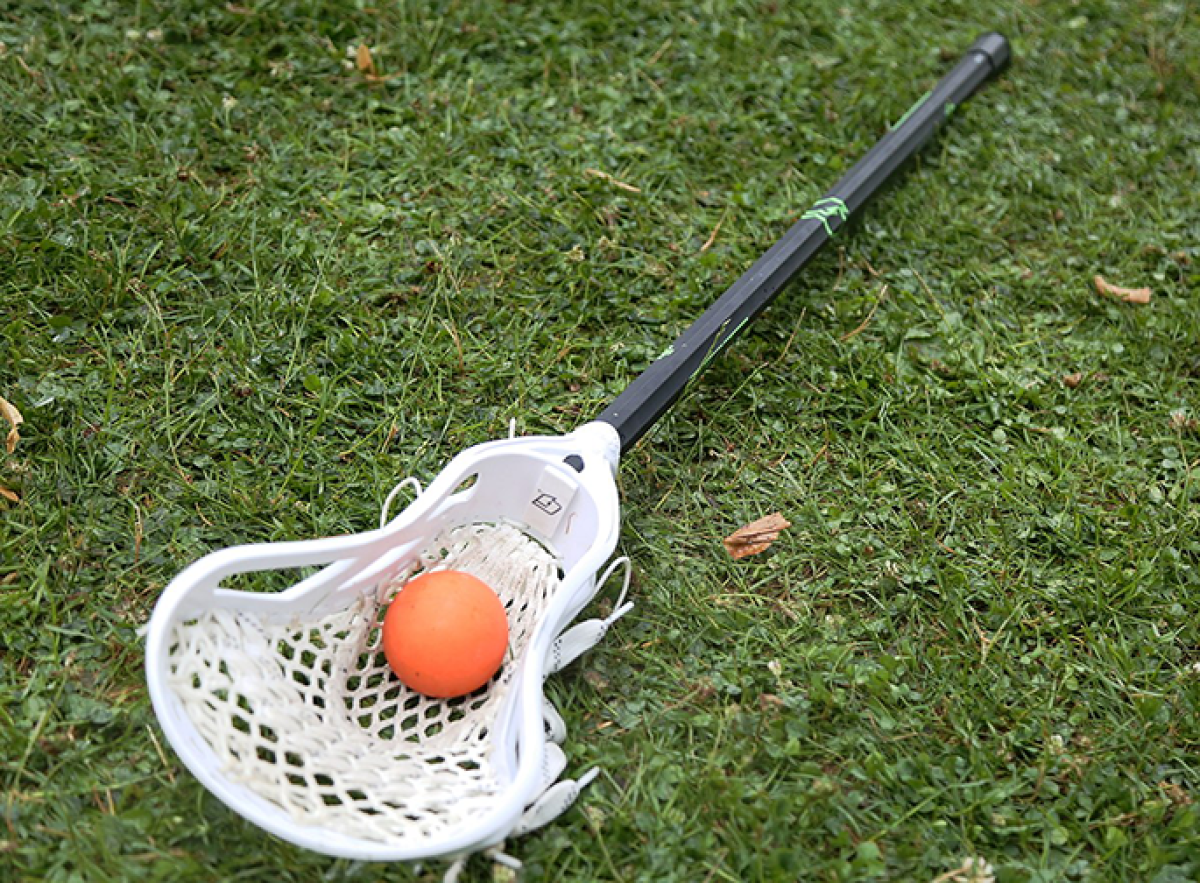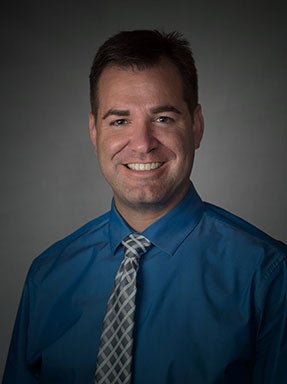DU Addresses Gaps in Diversity and Inclusion in Youth Sports

“If you can’t see it, you can’t be it,” explains associate professor Brian Gearity about the lack of diversity and inclusion in youth sports.
As director of the sport coaching program in the University of Denver’s Graduate School of Professional Psychology (GSPP), Gearity’s research has used sociological and psychological theory to enhance quality coaching, but he feels one area has gone unaddressed.
“It’s not just about quality coaching, but it’s also incorporating culturally responsive practices,” he says. “We must combine the best of both worlds, because they often times don’t talk to each other.”
Thanks to the Association for Applied Sport Psychology’s Oglesby-Snyder Grant for Equity and Cultural Diversity, Gearity and graduate students from GSPP are exploring this combination. They have partnered with a Denver-area high school and are beginning to work directly with coaches and students.
“We are looking into current coaching practices and how they implement diversity and inclusion into their coaching practices to create inclusive environments within their teams,” says Maria D’Ugo, a master’s student who is helping lead the research efforts. “There is a lack of representation that exists within some sports, which then impacts participation levels and inclusion.”
The research that is already underway involves working with a local lacrosse team, a sport that is historically played by more white athletes. One of the goals is to understand how to develop a pipeline of opportunities for more athletes of color to get — and stay — involved.
In addition to working with a local school, the GSPP researchers have partnered with U.S. Lacrosse. Gearity says that, locally, the organization recognizes the need for some changes within the sport to increase diversity. One goal is to help lacrosse develop a program that encourages more inclusion.
“Ultimately,” D’Ugo says, “our goal is to create educational materials and interventions that we can disseminate to the greater Denver community. We hope our relationships can expand and that we can continue to build new relationships.”
Reaching this point begins with youth leagues, rec centers and schools recognizing that a problem exists with a lack of diversity and inclusion within youth sports.
“There’s not a quick fix,” Gearity says. “We are going to need to have coaches, administrators and communities be more aware and start to adapt. As the population changes and participation rates by folks of color go up, how do we ensure a quality experience? This is not just about bringing more people in; they have to get in and have a good experience.”







